Paul Smith: the most loved man in fashion
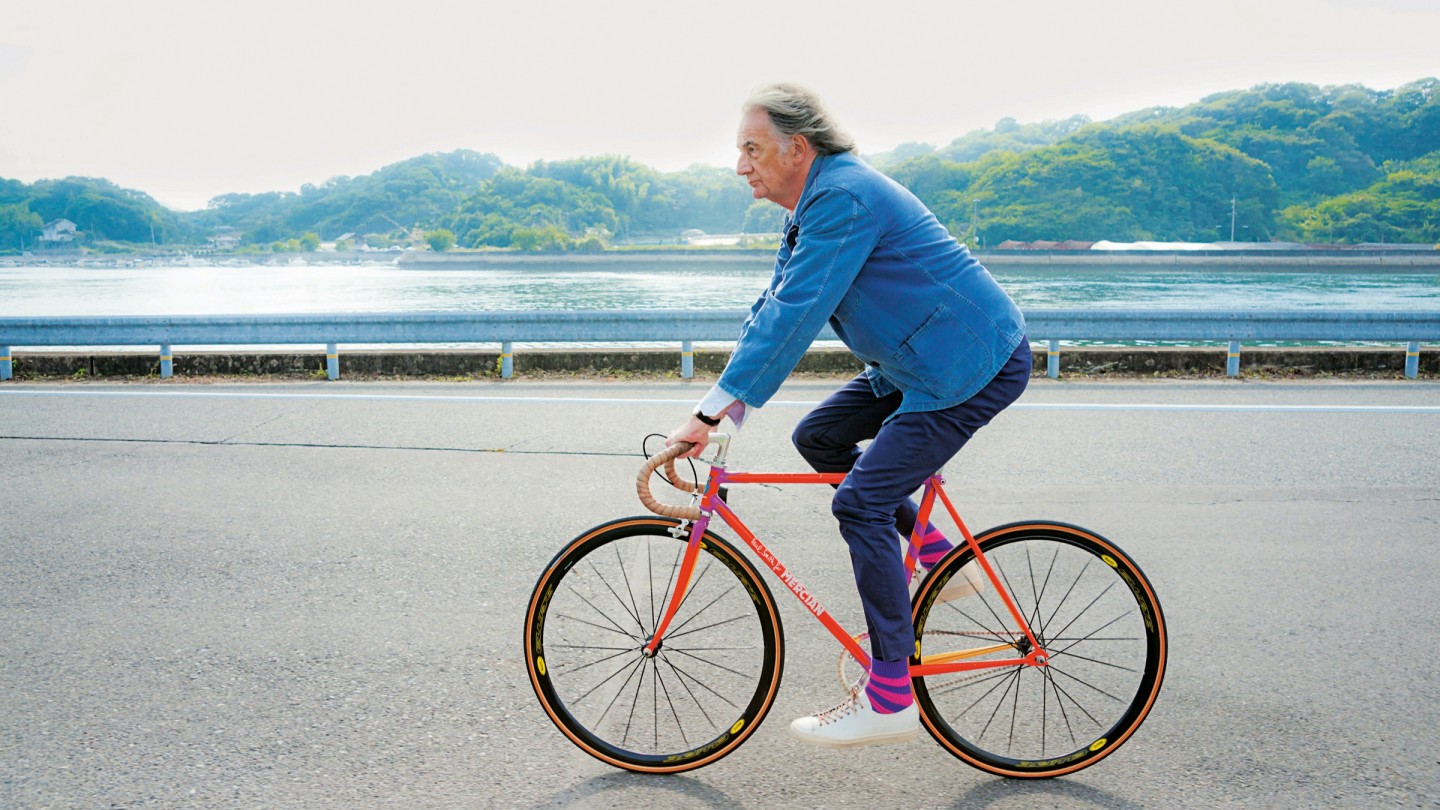
Roula Khalaf, Editor of the FT, selects her favourite stories in this weekly newsletter.
Ask anyone what they think of Paul Smith, the man behind the great British fashion brand, and the consensus is that he’s an exceedingly nice guy. Talented, of course, and with business nous to match. But nice, kind, friendly… those are the oft-used adjectives. And given the industry’s reputation for cultivating aloof personalities, it’s a refreshingly cordial answer. Perhaps that’s why Smith has succeeded in building a thriving brand that is this year sailing through its 50th anniversary. The company, still majority-owned by Smith, had a turnover of £215m in 2019, up nine per cent from the previous year, and the brand has 166 stores globally, selling clothes for men, women and children. Much of Smith’s success has come also from the dozens of collaborations – with Rapha, Anglepoise and Leica to name a few – that have accompanied his career.
Smith celebrated the latest milestone in Paris in January with a star-studded dinner and runway show that featured no shortage of his signature “classic with a twist” suits, and concluded with the designer rushing down the catwalk, long limbs in every direction, thanking his supporters. Next month, he releases a book with Phaidon that focuses on the 50 objects that have most influenced him – including the bicycle he crashed aged 17 that halted his ambition of becoming a professional racing cyclist, and a Union Jack silk screen that he used to print T-shirts in the 1960s.
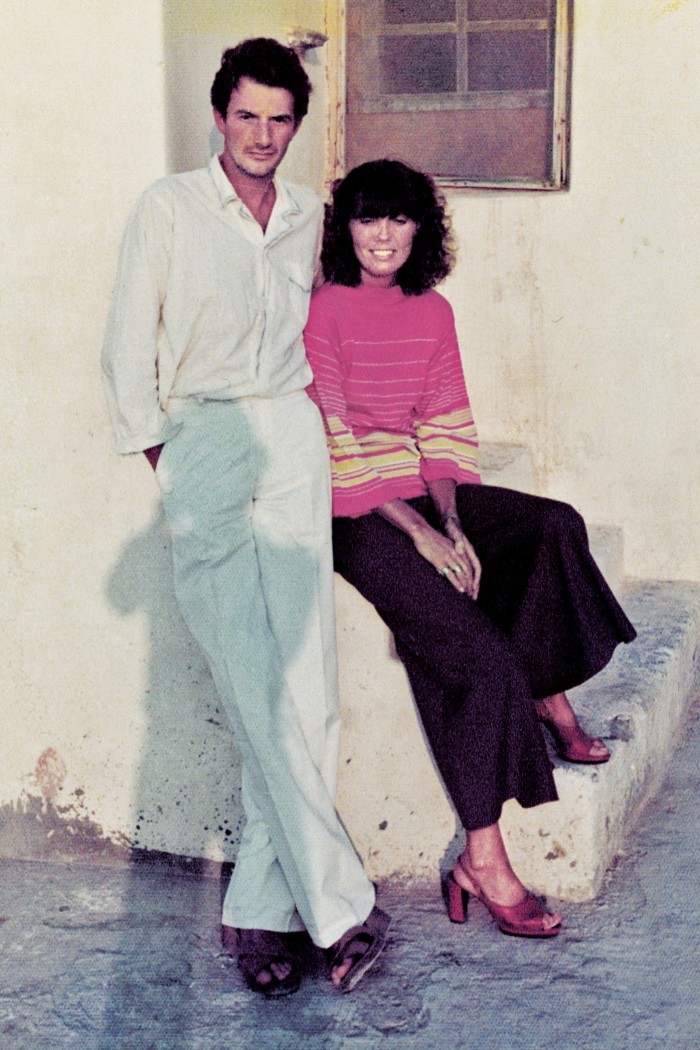
Looking back at half a century of business, Smith is quick to point to his most significant milestones – opening his first shop, Paul Smith Vêtements Pour Homme, in Nottingham in 1970, or being invited to Japan in 1982 – as well as examine his riskier moves. “For my fourth or fifth show, we held it in a minimal, raw-concrete space in Paris, and I had only models of colour, wearing colour – raspberry and Yves Klein Blue – and only played dub music,” says Smith. “It was so different to what I’d done before, and I remember after the show finished, the buyers from Barneys in New York saying, ‘Paul, what on earth have you done?’ Luckily for me, it became my bestselling collection and set me off on a path that was more international as a designer, rather than just a British one.”
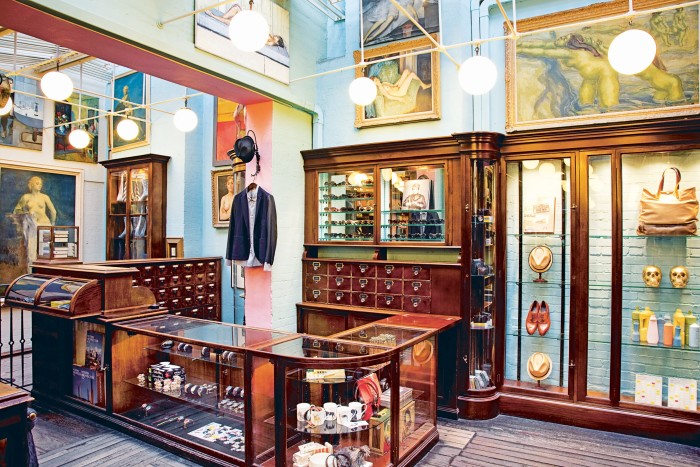
Smith’s success has a lot to do with the company he has kept. He made trousers for Jimmy Page when he was 18, and he frequently dressed David Bowie, who was a regular visitor to Smith’s studio. Actors too, “people like Daniel Day-Lewis, who often ordered bespoke suits but would always put them together in a way that was very inspiring,” says Smith of his famous patrons. “He’d have a beautiful tweed coat made from British fabrics but he would wear it with motorcycle boots and a denim shirt.” His most influential companion, however, is his wife Pauline Denyer, who encouraged him to open his first store and who co-designed all the original clothes for Paul Smith. “She had trained in couture, so had an understanding of proportion and quality – how a garment was constructed.”
Smith’s most notable achievement, he says, is continuity. “How many bands or restaurants or designers have you seen that have been very popular and then have suddenly disappeared? I think the one interesting thing for me is that I’ve never been number one, but I’ve always managed to sell in many countries around the world and stay independent and financially sound,” says Smith. “So, more of the same, please.”
Paul Smith, £49.95, published by Phaidon, is out now
Jony Ive, product designer and former Apple chief design officer
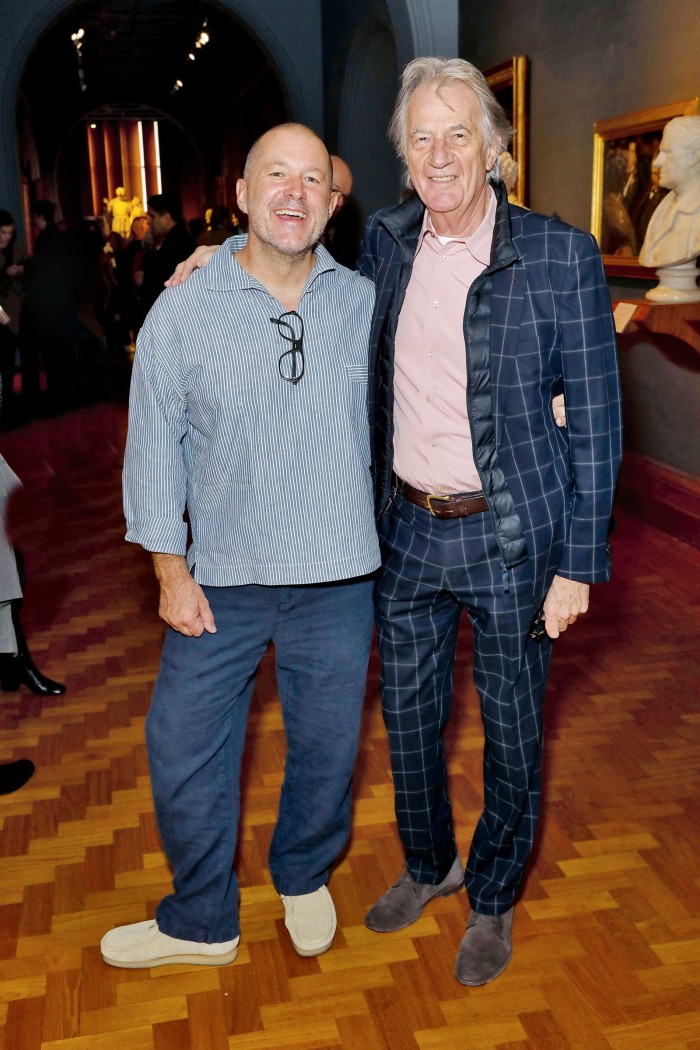
I was born in London and my parents were vegetarian, and the only place in the late ’60s and early ’70s where you could buy quite dreadful, bright-orange lentils in huge volume was in Neal’s Yard. I remember escaping the large sacks of legumes, wandering down Floral Street and coming across Paul’s original London store. I don’t know why I was so seduced by this shop but I was transfixed.
In the mid-’90s, Apple was in a financial crisis and close to bankruptcy. Steve Jobs returned to the company and we worked together on the iMac, which is broadly recognised as the product that saved Apple. But in 1997, before I knew Paul personally, I was walking down Floral Street and noticed he had put the translucent iMacs in the window. Paul isn’t necessarily interested in technology, but his reason for putting them there was entirely driven by his interest in the product’s design and its comment on culture. It was a tremendous affirmation for me at a time when Apple was in a particularly precarious place.
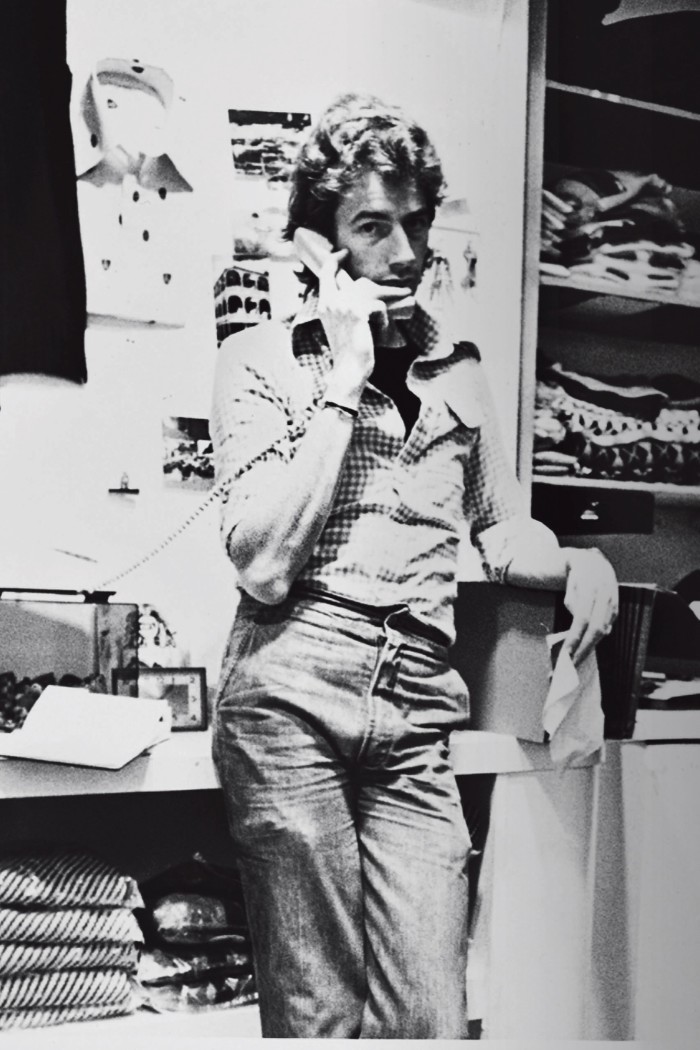
The thing I have always found fascinating about Paul is the way he sees the world and understands it in terms of history and culture. The way that we see and the way that we perceive what we see often falls into very predictable categories, but I think Paul ignores the constraints established by traditional dogmas of design. His personal office in Covent Garden is just so dense and provocative. It could appear to be chaotic, or a place of somebody who voraciously hoards, but that’s not the case. Each of the things are there with decision and discernment and thought. It’s a comment on the way he sees the world.
People aren’t ambivalent about Paul – they love him. I think his thoughtfulness and his kindness are really conspicuous. He’s extremely loyal and supportive, and he has remained resolute and hasn’t been distracted by so much of the stuff that doesn’t really matter. He’s always been focused on people, and the joy of being alive and creating for our species.
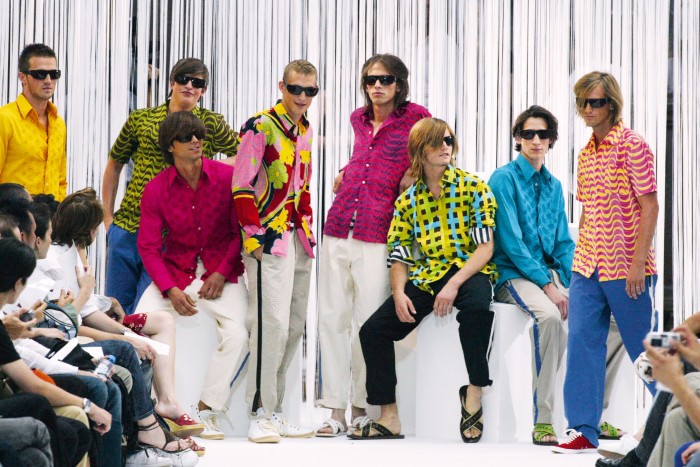
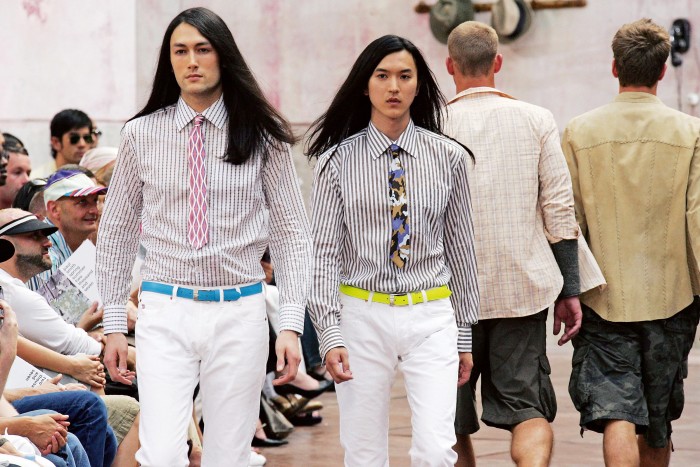
Grace Wales Bonner, fashion designer
Paul was one of the mentors of the BFC/Vogue Designer Fashion Fund panel [which Bonner won in 2019], and we visited his head office as part of the process. He was really generous with his time, giving out insights into his journey and his career. He’s always made time to speak to me – he’s just a really thoughtful person, very supportive of my work and development, and someone who’s very down-to-earth. Before my show in January, he came earlier in the day to go through the looks with me. Even though he’s clearly a really busy person, he always makes time for people.
I think Paul represents British eccentricity on a global stage, and he does it with humour and with a real curiosity into different traditions and cultures and subcultures. That’s something I really appreciate: his lightness and the humour he brings to things. He has such a strong handle on tailoring, and it’s so interesting to hear his experience working with military tailors and how he learnt to cut. I really appreciate the pragmatism in his designs, and the craft in what he does. It feels quite essential.
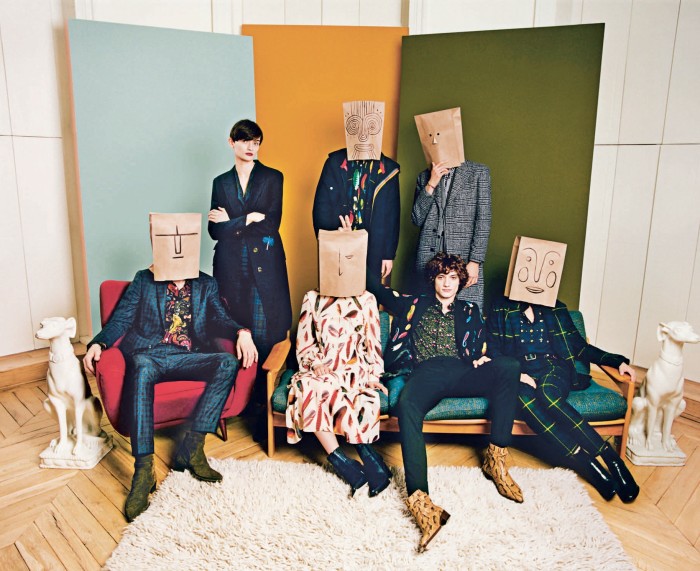
Jeremy King, restaurateur
I was introduced to Paul by Ian Shipley, the art bookseller, in 1977. This was at a time when Paul would pile clothes into his old Porsche and race down the M1 from Nottingham to sell them personally – and I was one of the lucky recipients of a visit. Paul was one of the visionaries who saw the potential of the newly vacated Covent Garden Market. Standing with him on Floral Street in 1978, in front of his first shop there, was an exercise in not saying, “Are you sure?” However, his ebullience, confidence and positivity dispelled any doubts, and I loved watching that shop emerge from the rubble of a stairless warehouse.
John Pawson, architectural designer
I first bumped into Paul Smith in Covent Garden on my return to London from Japan at the end of the ’70s. His shop was near Hester van Royen’s gallery, and Hester and I had just started dating. It was heartening to encounter a straightforward northerner with a taste for simplicity in clothes who also shared my love of serious cycling. It’s been a very nice 40 years of casual meetings, each reaffirming how comfortable we are in one another’s company.
Bill Nighy, actor
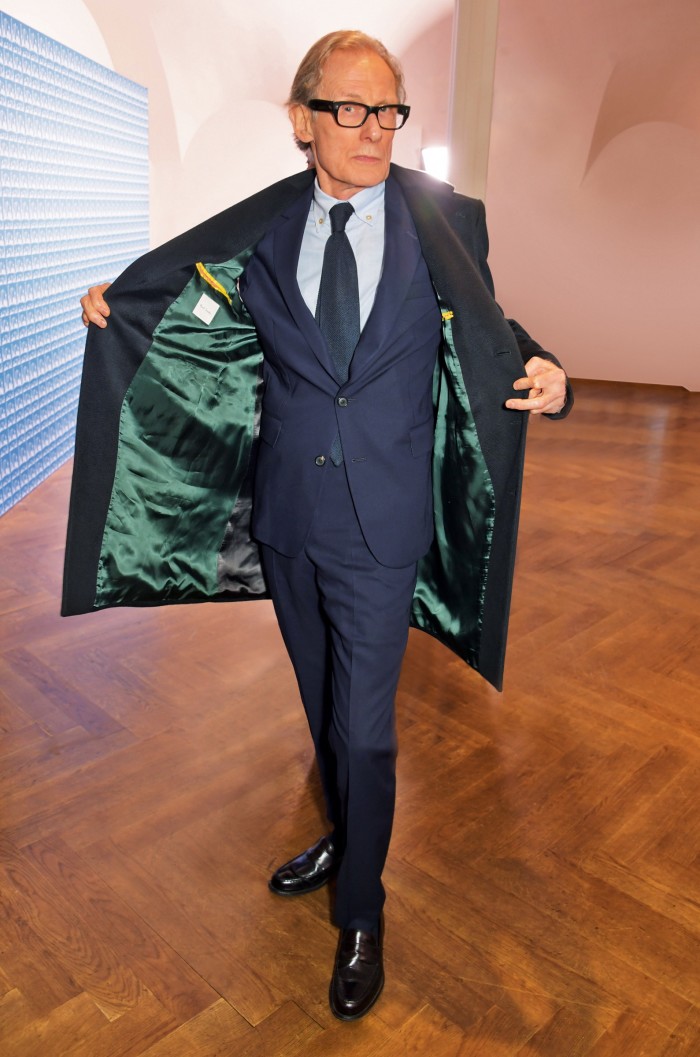
I was first mistaken for Paul in the sale shop on Avery Row. A man asked to have his photo taken with me and I foolishly took him to be an enthusiast for my work, but while the salesperson held his phone to take the picture, he said, “I had a picture taken with you in one of your other shops.” I kept quiet. Not long after that, a cab driver said, “Hello, mate, it’s been a while, how’re you doing? That was a bit of a day, wasn’t it? We went all over town, do you still live in that mews?” I said, “I don’t live in a mews.” He said, “Come on, Paul, you know where you live.”
On another occasion, a man ran out of a café holding his shirt, saying, “You designed this!” This time, I was ready for him. I said, “I’m not Paul Smith, I’m Bill Nighy.” Unfortunately, he’d never heard of me, which put me in a spot. He then turned to another man eating a sandwich behind him and pointed at me and said, “That’s Paul Smith, isn’t it?” The other man looked at me for a while and then said, “Yeah”.
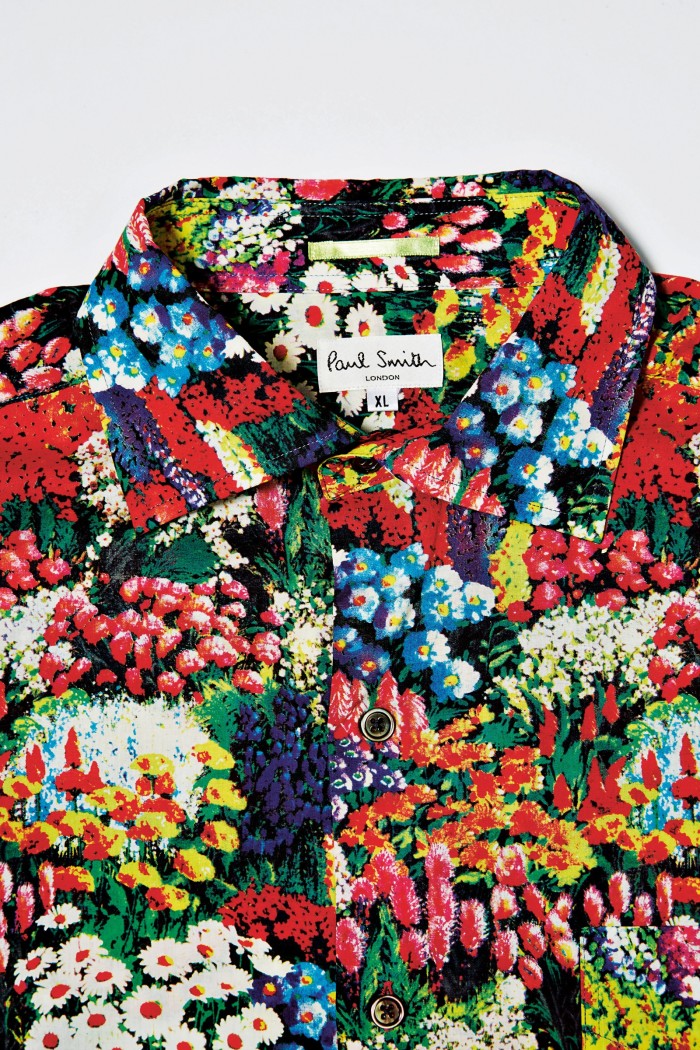
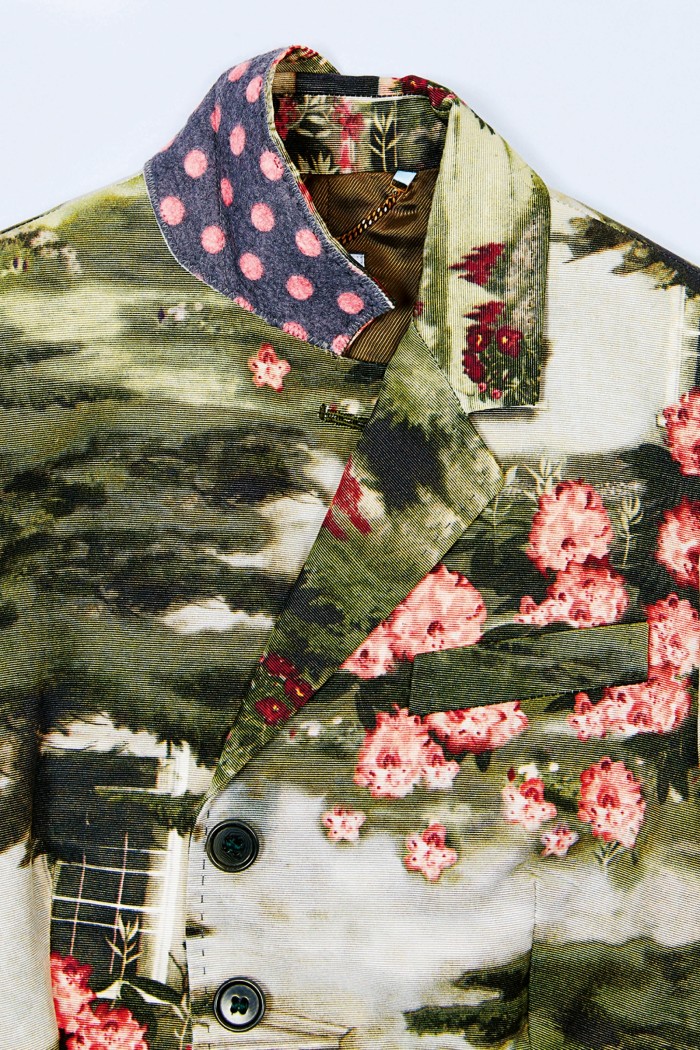
Paul and I finally met and discussed all of this with Pauline in a Prêt a Manger in Notting Hill Gate. Later, I saw Paul in his Albemarle Street shop, and he said, “I’ve got a men’s show coming up, why don’t you come out at the end instead of me?” I was happy to do that, but other commitments denied us the opportunity.
I consider Paul to be one of the most influential designers of our times. I would walk costume designers all over town to exhaust them so that when I finally said, “Perhaps we should just pop our heads round Paul Smith’s door in Covent Garden?”, they would overlook the fact that it was beyond their budget. I’d throw something on and it would hang like nothing else in London; they’d wearily get out their cheque book. The clothes were thrilling.
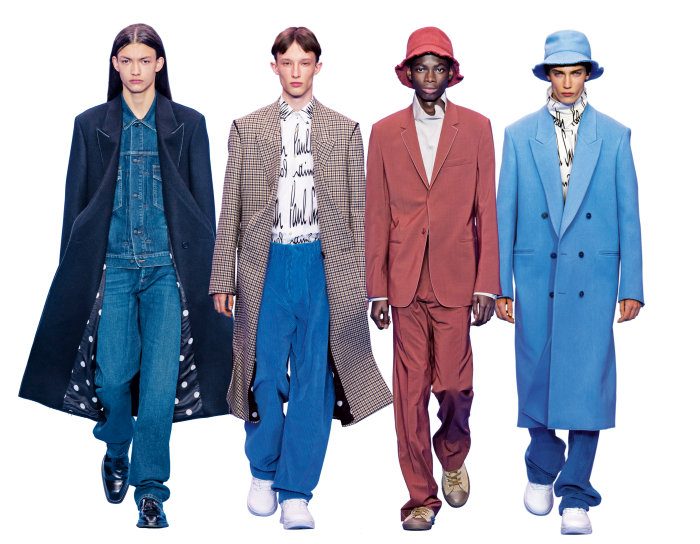
Paul is one of the most impressive people I’ve met. His achievements are many and spectacular, obviously, but it’s his generosity, openness and democratic spirit that draw me to him. He’s remarkable, as is Pauline, in his pioneering work helping a great number of young artists and other people in need of a hand. It’s admirable when anyone who achieves a great deal remains intact. Paul is funny and clever and kind, and I’m proud to be mistaken for him.
Jimmy Page, musician and former Led Zeppelin guitarist
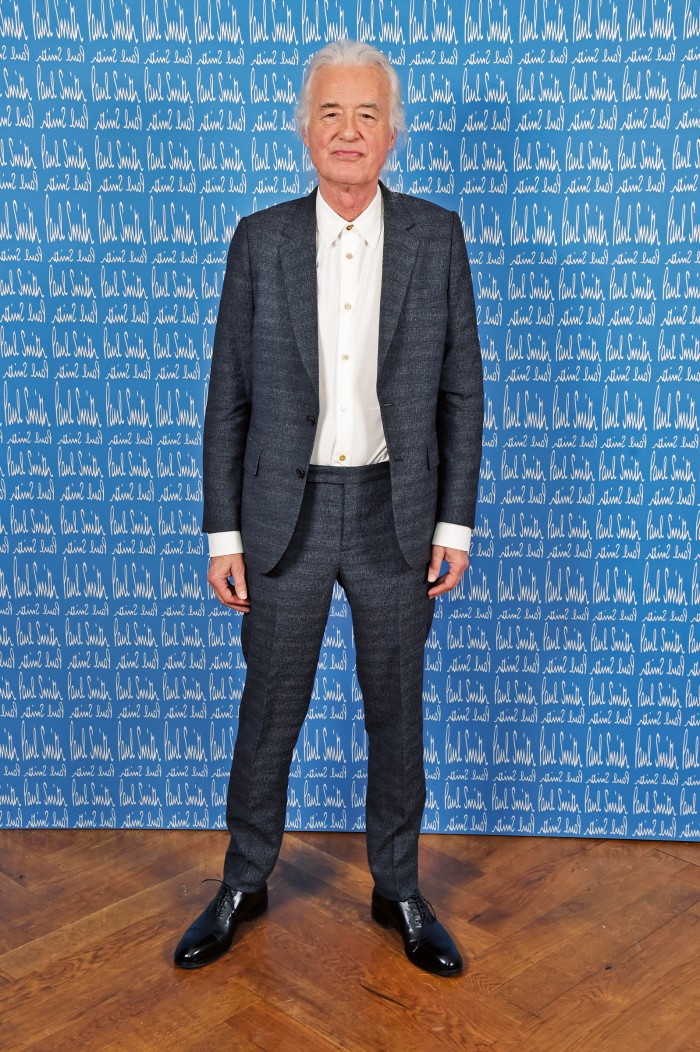
I originally met Paul in the latter part of the ’60s, around Chelsea, and remember having conversations with him when he was working on a project with Paul Reeves at The Universal Witness (on Fulham Road). Our paths crossed many times over the next few decades. I heard his name a lot on the road – Paul seemed to be the only foreign designer who was known in Japan. Often when I meet people, I might remark on a piece of their clothing. When they say, “It’s Paul Smith”, it’s with affection and respect that, I must say, we all share.
We didn’t work on anything for years, but in 2014, Paul suggested an intriguing idea involving the Led Zeppelin album artwork – to have six individually designed scarves, 1.5m by 1.5m in size. We launched it at Paul’s Albemarle Street shop. The complexity, weave and patterns of each of the designs were fascinating. One time I invited Paul to see my archive of outfits and stage costumes, as I knew he would have been familiar with them in the day with Led Zeppelin and would enjoy being able to see the detail close up. During the process of showing him various items, he stopped and pointed to a shirt on a far-off rack that we hadn’t arrived at yet. “Let me have a look at that,” he said. “This shirt must have a vent in the back of it, everyone was quite svelte in those days.” He started describing details of the collar and cuffs and, sure enough, when it was revealed, there was the vent. “I didn’t put labels in at that time, but I made this shirt,” he said. This was a very surreal moment for me.
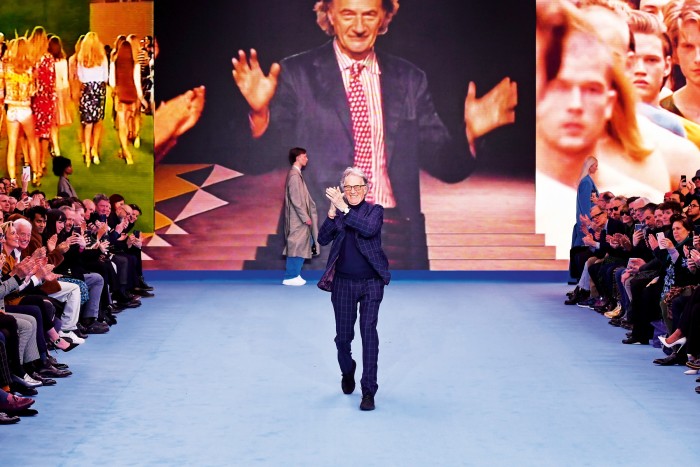
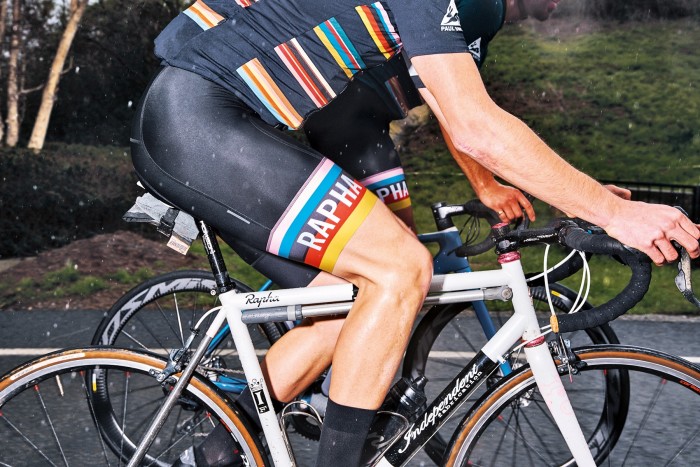
Deyan Sudjic, broadcaster, writer and former director of the Design Museum
I remember buying my first suit after I left university in a shop in Bath. It looked like one of my dad’s suits and it seemed infinitely cool in the ’80s – it turned out that there was a label inside with the signature “Paul Smith”; at the time I had no idea that there was such a person. I bought it and was instantly hooked.
I first visited his Floral Street shop in 1980. Paul would always be hanging around in the back on Saturday mornings. This shop was like no other at the time – rather than putting stuff in the window, Paul had a slide projector showing random photographs. The floors were the raw concrete look that 10 years later would become ubiquitous but at the time seemed like something very special. In 1984, when I was working at Blueprint magazine, Paul called me up one day and said, “I’ve just opened up a shop in Tokyo, you must come and see it.” In those days, Tokyo wasn’t somewhere that people from the UK travelled to very much, and seeing it through his eyes, roaming through the toy shops and the places that sell the wax sushi, was extraordinary. He took me to dinner with Rei Kawakubo of Comme des Garçons, and memorably made her laugh by doing a trick with a rubber chicken. Much later on, we did an exhibition about Paul at the Design Museum. They’ve actually now done three on him – I think that shows how he’s one of the few designers who has the courage to show what’s behind the magic, as well as the magic itself, which I guess is what fashion is.
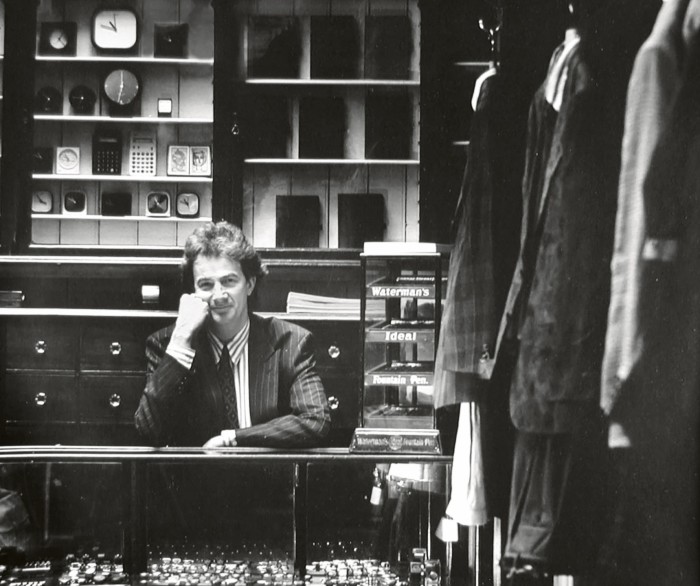
Hirofumi Kurino, businessman and co-founder of United Arrows
Mr Shigematsu, the original founder and honourable chairman of United Arrows, found Paul-san’s collection in New York in 1980, at the Designer Collective NY. This was the start of our friendship with Paul-san, and we are still good friends. On my first business trip to Europe and the UK, in 1985, Paul-san took us on a guided tour around Covent Garden, introducing us to many interesting shops and people like Ron Arad, who was then an up-and-coming product designer. We were so impressed by his hospitality and openness. Each time I get a chance to see him, we say hello and exchange some silly jokes. One time he put a small toy from his shop into my pocket and shouted, “Shoplifter here!” I laughed a lot. One anecdote in particular reflects his great humanity. In 2011, after the tsunami and nuclear problem in northern Japan, he brought his collection to Tokyo Fashion Week to cheer up the people of Japan. Our heart was filled with big thanks and love to Paul-san.
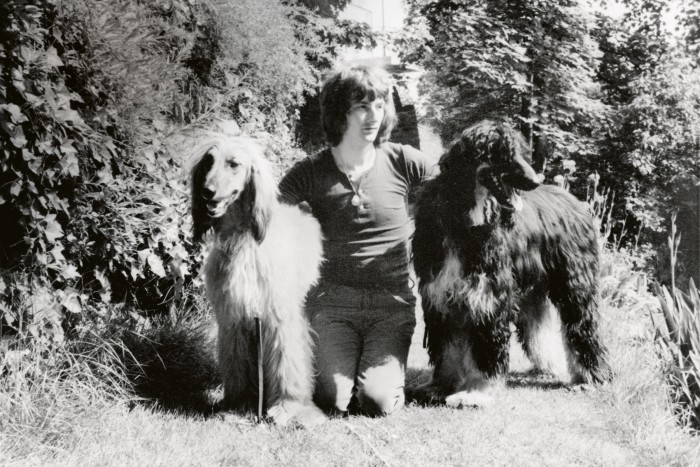
Martin Parr, photographer
I have photographed Paul many times – I remember shooting photos of him in Notting Hill, and everyone he bumped into was greeted as if they were lifelong friends. He didn’t know any of them, but being a national treasure means everyone thinks they know him. We have done a good few projects together – his main store in Tokyo hosted my bookmaking project, and last year he used my photos on some of his summer swimwear designs. I have also shot many of his clothes, always on people we have found on the street. He is a beacon of good, solid design, and a damn nice guy with a larger-than-life presence. We all love that he started in Nottingham and then went on to conquer the world – especially Japan, where he is virtually worshipped like a religious leader.
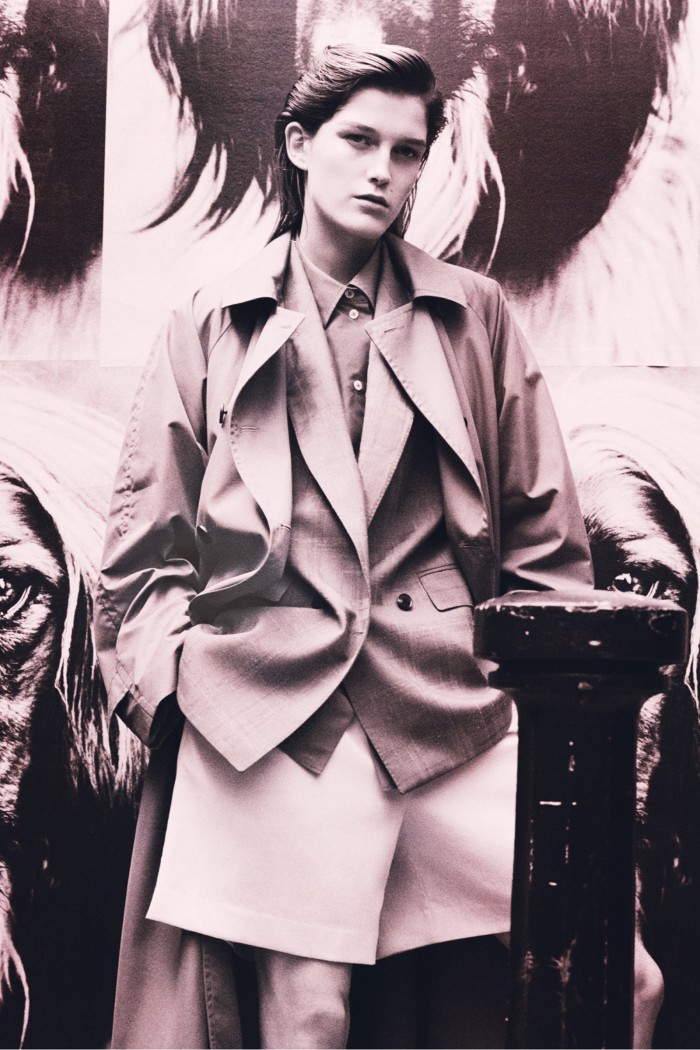
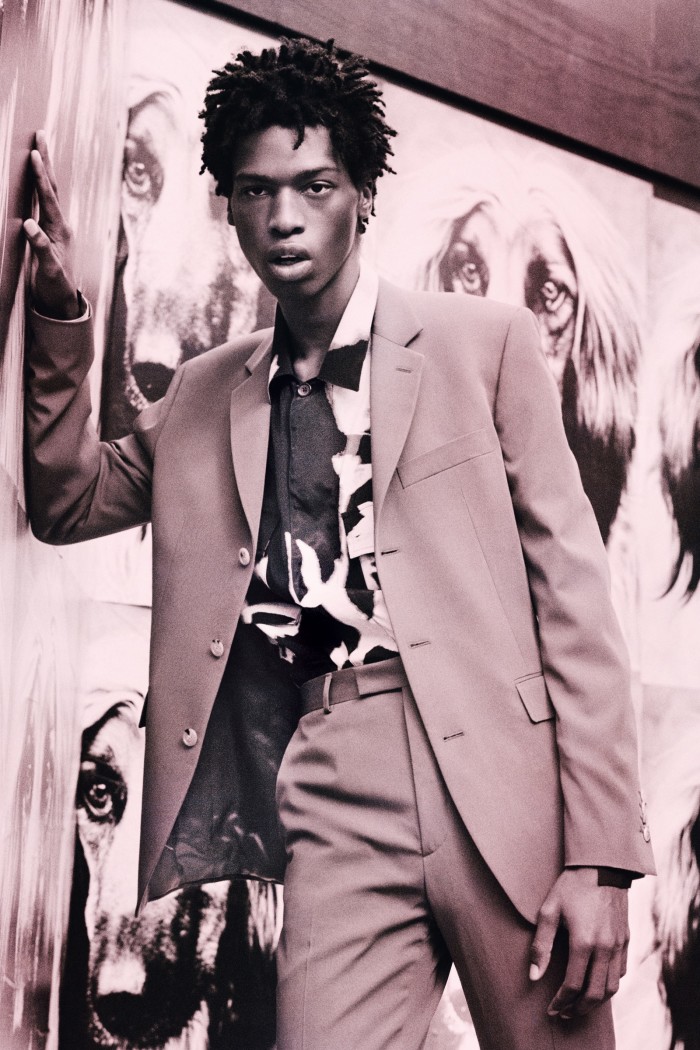
Malgosia Bela, model
I had the honour of being the female face of Paul Smith twice, for both 2018 seasons, and felt it was a great fit since I’ve always been a big fan. Meeting Paul in person, in 2018 at his men’s show in Paris, was extraordinary – he’s such an easy-going, witty guy with the look of a rock star. I simply loved him. I guess he reminds me of my husband [film-maker Pawel Pawlikowski], who is also a great fan and has worn his suits on many glamorous occasions – including when he received the Best Director award at Cannes.
James Dyson, inventor and founder of Dyson
I first met Paul in 1985, because he wanted to sell my pink and lavender G-Force vacuum cleaner in his Floral Street shop. At the time I was only selling that model in Japan, so I imported them specially for him, and he displayed them among the clothes in a long line across his shop windows. He was my first UK customer and he quickly sold all 200.
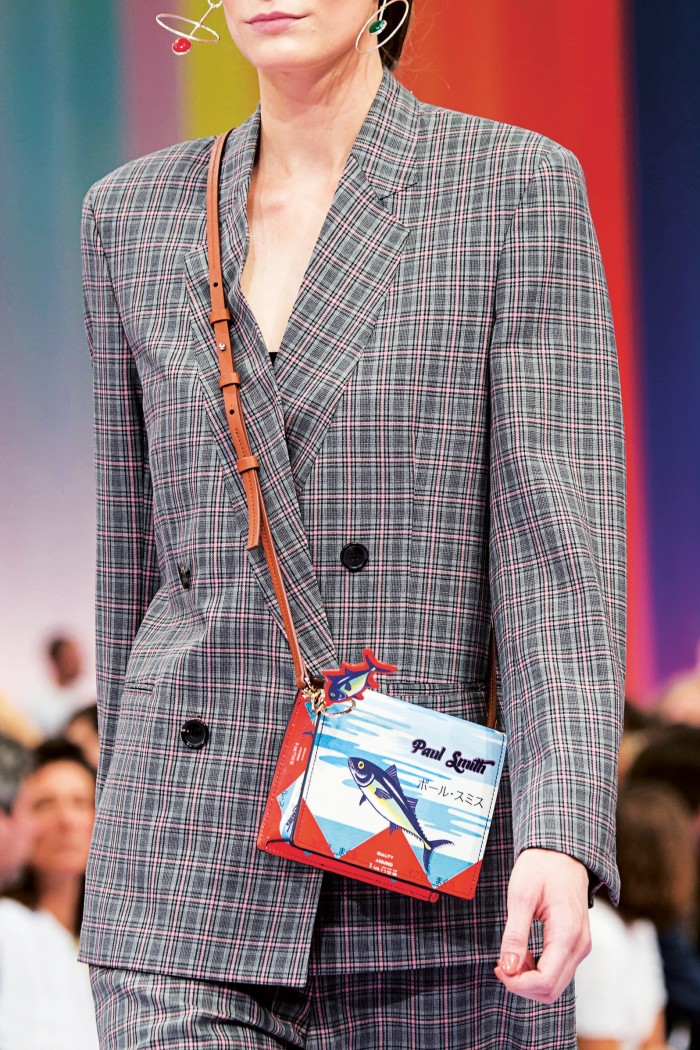
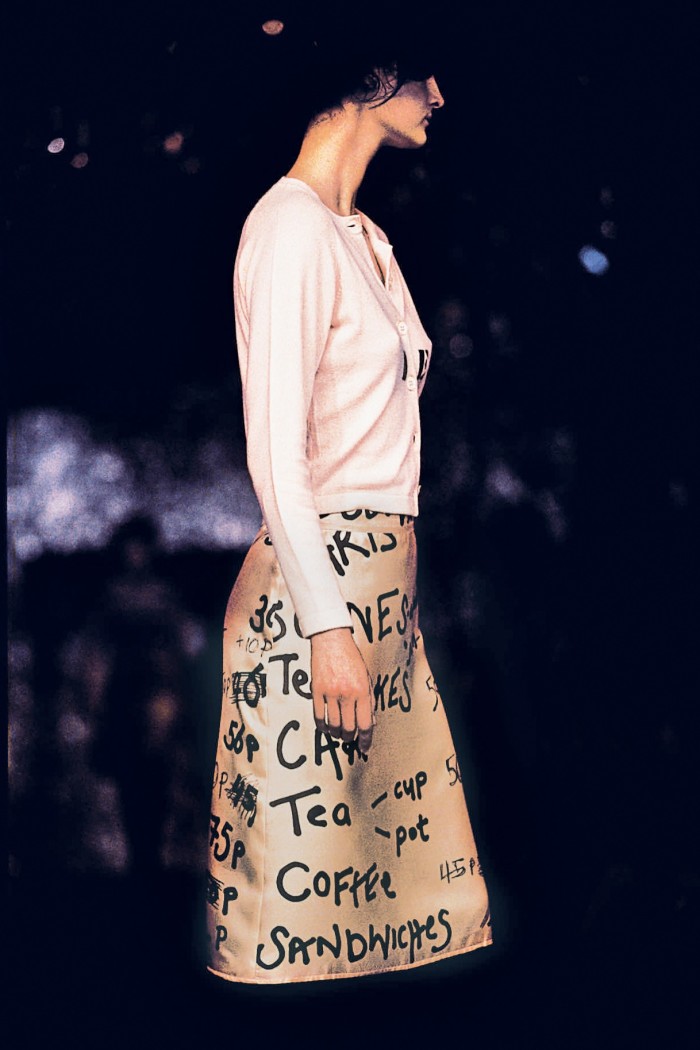
Paul was one the first to recognise Japanese customers’ high awareness for designer clothes and artefacts. His great tailored style with quirky touches was hot among Japanese men, who were beginning to break free of the shackles of conformity. I suspect that Paul’s success there is partly that he is a non-conformist, is dedicated to design and really cares for the Japanese. The British don’t normally find the details of a product interesting, but I noticed straightaway that Paul loves objects the way I love objects. We seem to think about design in the same way.
Manolo Blahnik, shoe designer
I have known Paul for many years now – we mixed in the same circles, bumping into each other at dinners and parties, and soon became friends. Paul is marvellous at what he does, he is one of the most imaginative people in fashion and has an extraordinary talent in knowing how to move with the times – his finger is always on the pulse. Every Paul Smith design is made with the highest quality, and I think this is the reason for his success: when you buy Paul Smith you know you’re receiving divine quality. I, for one, cannot live without his socks. I think I own every colour and pattern!

Priya Ahluwalia, fashion designer
One of the best emails I’ve ever received was one from Paul Smith’s office, saying he was really impressed by my work and asking if I wanted to come in for a cup of tea. I had such a brilliant afternoon, talking about the business and looking through his office of curiosities and all the funny things that people have sent him – like a bucket and spade that had been delivered with no packaging, just covered in stamps. Or a fluffy chicken, or lots of different books. When I was there I felt like he was the Willy Wonka of fashion. He has such a big imagination, and is so good at storytelling, and it’s just a magical feeling being in that place. He’s gotten men to have fun with how they dress and encouraged people not to be so scared of colour. His printed linings are such a big signature, and he has a way of creating clothing and products and accessories in a way that’s quite jovial and tongue-in-cheek but also really sleek. I think he’s played that balance really well.
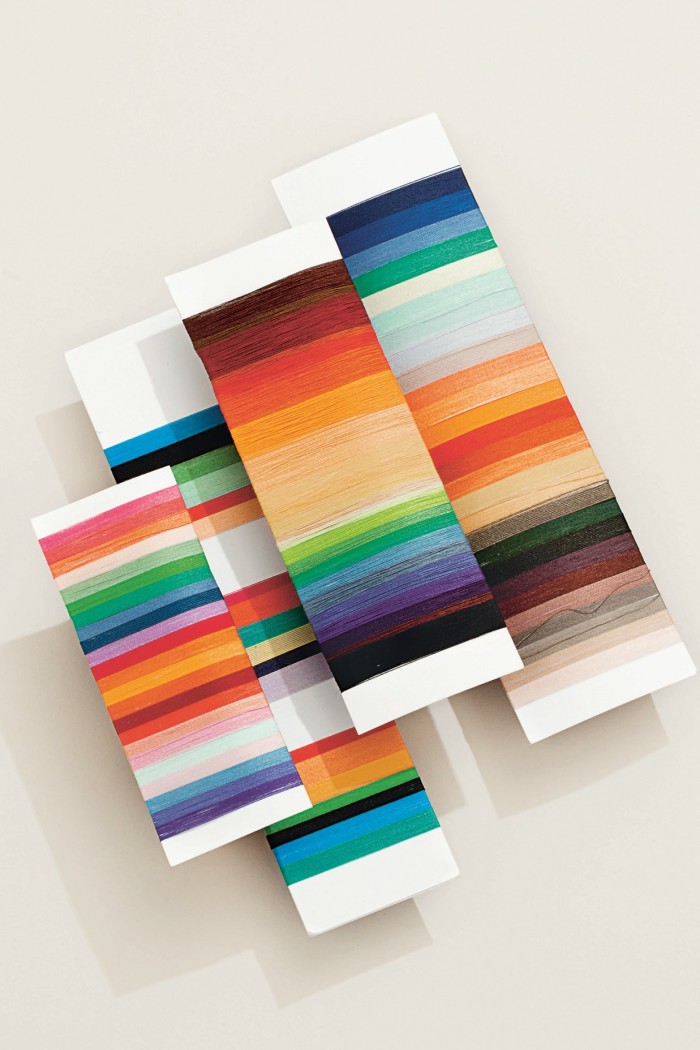
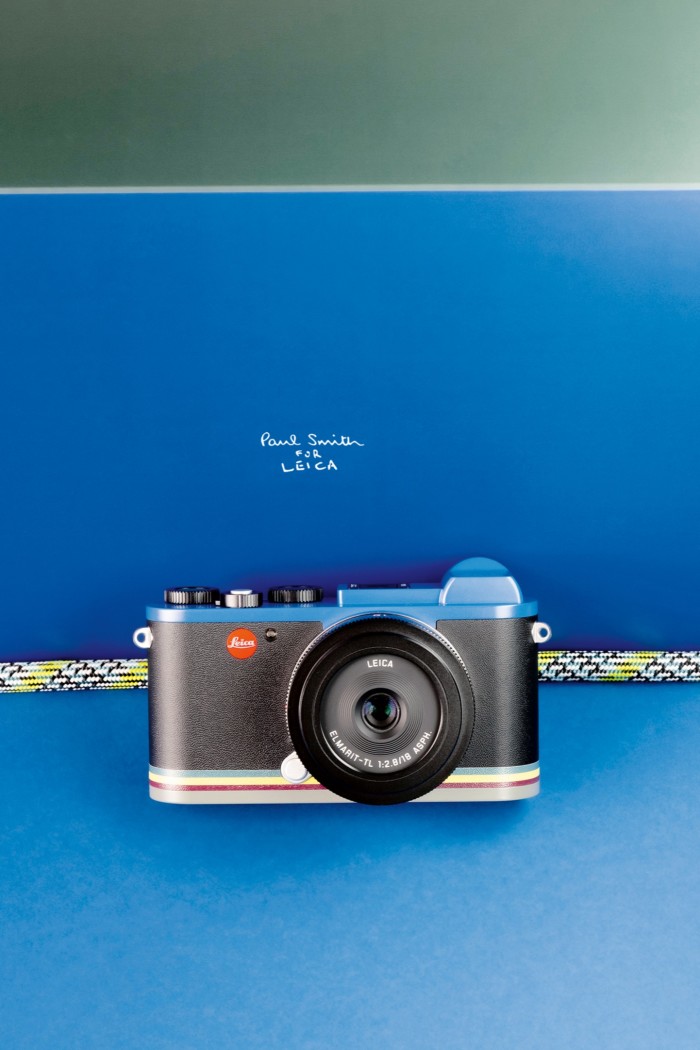
He has some of the most recognisable graphics and prints out of any designer I know. I am sure that if you showed anyone pictures from his Havana print collection, they would be able to identify them as Paul Smith. Or the multicoloured stripes, or the beautiful swirls. They’re all so obviously him. He’s been able to build a level of recognition without necessarily just using logos.
Antoine de Caunes, television presenter, actor and director
Paul has been dressing me for my French shows on television for a long time, so I was wearing Paul on my back many years before I met the guy in person. For me, his suits are exactly what I like in British style. It’s as he puts it himself: “Classic with a twist.” The first time I met him was at his headquarters in Covent Garden and I was absolutely stunned by his office. There are so many things that he collects that people have sent him from all around the world – coins, stamps, even pieces of tissue. It’s like a mythical cabin, you can get completely lost in it. He has a collection of bicycle jerseys, because he once fancied being a bike racer. Cycling is always on his mind, and he even wrote a book about it. One of my most fond memories with Paul was biking together in the streets of London – we just rode around for an hour.
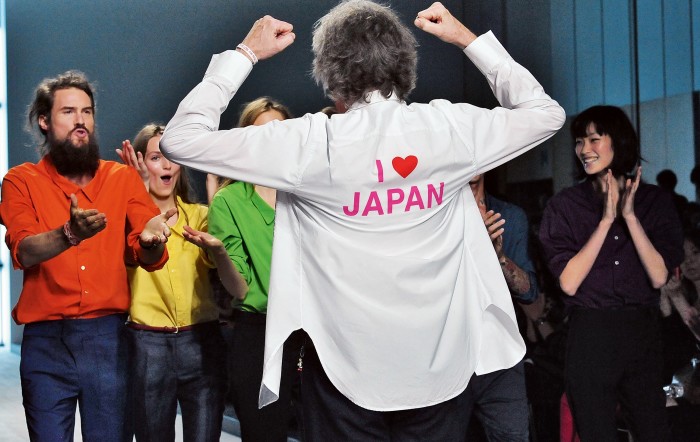
Greta Bellamacina, actress and poet
I met Paul many years ago when I first started modelling, around 2010. I was very nervous, but immediately felt at ease in his presence. I remember leaving his studio thinking he must be the kindest, coolest man in fashion. Paul has been a supporter of my poetry and always campaigned for culture. I’ve worn a lot of his suits for poetry readings and performances. His clothes make you feel immediately strong and able to kick down the obstacle in front of you. It’s as if he treats the women’s clothes with the same sensibility as the men’s, the same sense of strength. They are not for messing around in, but instead getting down to business in a rock ’n’ roll kind of way. His injection of colour into menswear has been massively important, giving men the confidence to be more flamboyant and express their personalities. I think he was the first to bring women and men into the same fashion week in Paris a couple of years ago. He really isn’t afraid to challenge the world around him – he brings a bit of English punk spirit with him everywhere he goes. My favourite memory of Paul was at the 50th anniversary show in Paris this year. After a trail of models, Paul came beaming down, filled with sheer joy, and skipped straight to his wife, Pauline. It was such a lovely moment to see him achieve so much with his wife there by his side.
Sheku Kanneh Mason, cellist
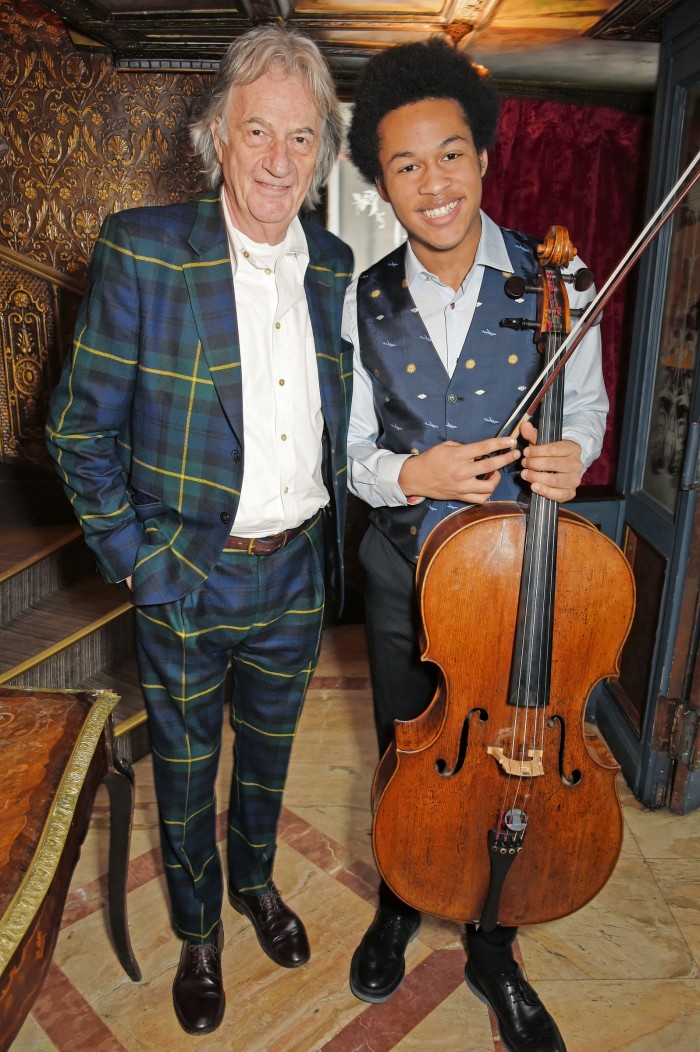
After I won the BBC Young Musician competition in 2016, Paul kindly sent a letter of congratulations to our home. I emailed back and said thanks, and that as a fellow Nottingham family we were big local fans. Paul then dressed me for the Baftas in 2017. I love wearing his clothes when I perform. There’s a sort of similarity between his attention to detail, colours, shapes and creativity and how I approach music when I am playing. I think it’s inspiring to hear a story of someone who started with a very small business, just one shop that he ran himself, and how it’s grown into a global brand. I really admire that. He’s been amazingly supportive of me and my music, and comes to my concerts whenever he can. I am so grateful for that.
Comments